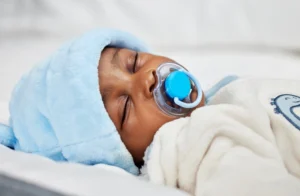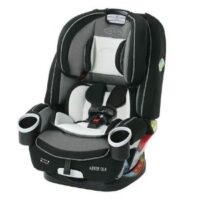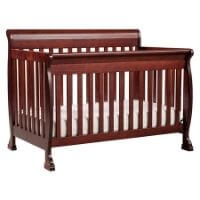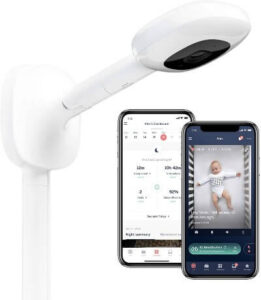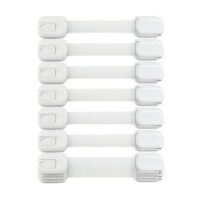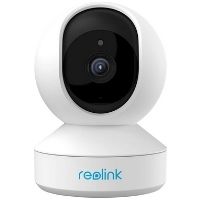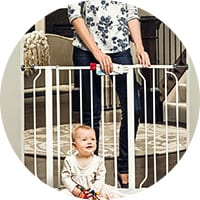We asked several pediatricians to weigh in on common baby pacifier safety questions, including whether pacifiers are safe for newborns.
The consensus: Pacifiers are generally safe for newborns, premature babies, and kiddos up to about age 2 and may even prevent sudden infant death syndrome (SIDS) when used during sleep.
But parents do need to be aware of certain pacifier risks, such as choking, mouth infections, and even strangulation. We’ll explain it all below.
